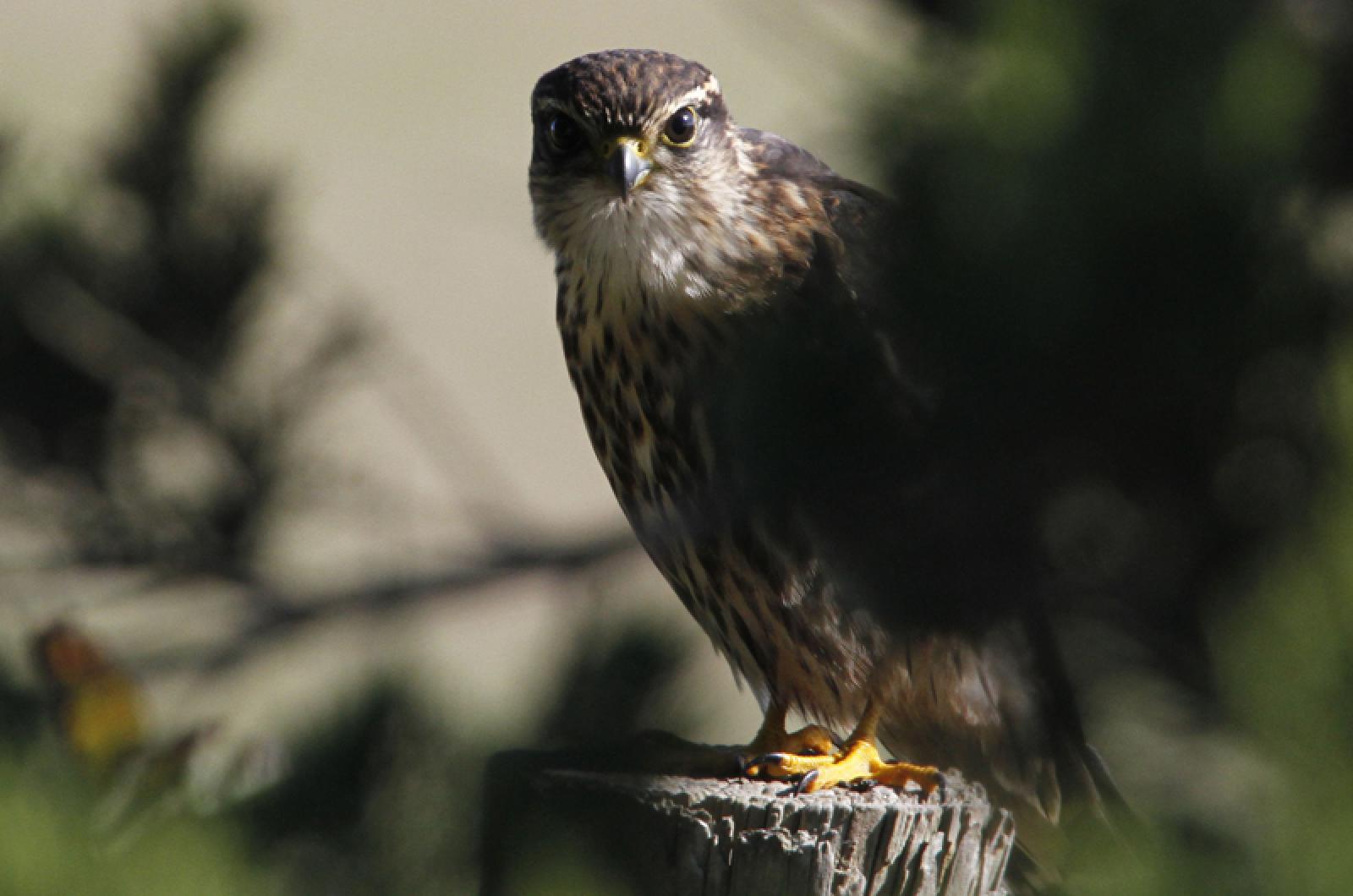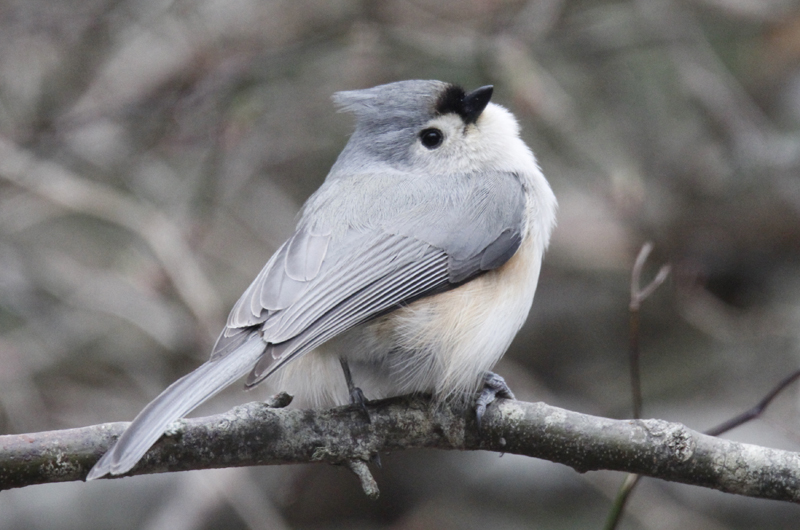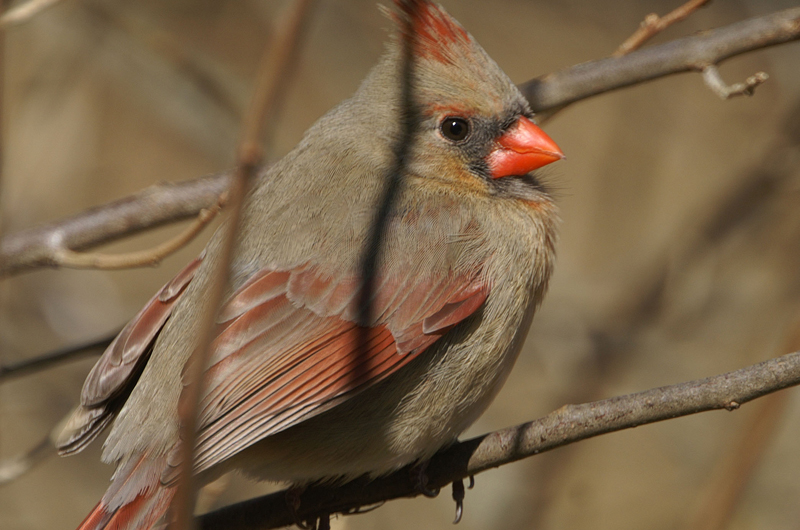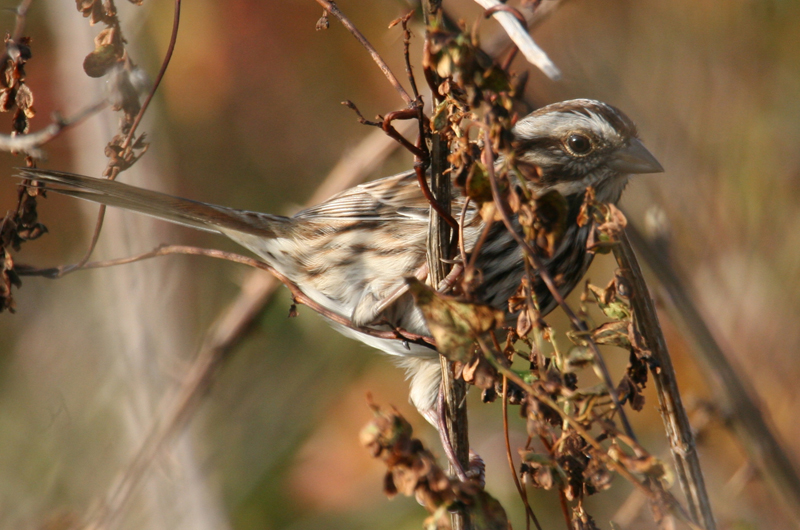Wow, signs of spring.
At this time of year we are all becoming extremely interested in how much longer we will have to put up with cold winter weather. Of course the calendar says that we are only half way through the winter, but so what?
Perhaps the most traditional harbinger of spring is when we first see robins. I have received multiple reports of robins, but unfortunately the robins that are here now are harbingers of winter. They breed much further north, as this is their Florida, where they go for the winter. Spring will definitely be here when robins are seen hopping around in our yards and their songs fill the air with music, which will likely happen in March or April.
Another possible harbinger of spring is Punxsutawney Phil, the famous groundhog — I know, not a bird — that will have made his weather forecast by the time you are reading this. His predictions however are not very reliable, and flipping a coin can likely make an equally valid forecast.
This is the season for great horned owls. Alice Goyert reports hearing one near Waterview Farm in Oak Bluffs on the night of Jan. 23-24, and David Dandridge heard one near his house on the Vineyard Haven side of Lagoon Pond. They are very territorial now; if they are not already on eggs they will be mating and on eggs in the next few weeks. Of course, there has to be a pair of them, so listen for their deep hooting duets back and forth. By the time spring comes they will call much less frequently.
A sure sign of spring is bird song. And now in late January, a few species are beginning to sing. As it has been a while since we last heard them singing, it may take us a bit to identify the songsters. Beginning on Jan. 26, I have heard songs of black-capped chickadees, tufted titmice, Carolina wrens, and song sparrows, as has Sue Shea. Albert Fischer adds robins and cardinals to this list. Their rate of singing will only increase as the winter progresses. And more voices will join the chorus.
Bird Sightings
Leslie Mahaffey reports a brown creeper in her Oak Bluffs back yard, a new species for her yard in 25 years of watching birds there. This species is secretive and well camouflaged, most obvious when lying downward toward the base of the next tree to immediately begin climbing upward. Though they are probably not singing yet, lucky are those that can hear their high-pitched song.
Martha Moore reports seeing two bald eagles at once on the Long Point osprey pole on Jan. 29. The juvenile was eating a fish while the adult was perched on one of the cross pieces supporting the nest. She also observed the following species from Middle Cove of the Tisbury Great Pond on Jan. 24: long tailed duck, hooded merganser, and bufflehead. In her yard she has seen Carolina wrens, goldfinch, downy woodpeckers, and white-breasted nuthatches.
A merlin was the highlight for Brian Packish as he birded Lobsterville on Jan. 28. Nearby, in Menemsha Harbor, Jeff Bernier found a horned grebe. Also on that day, Sharon Simonin found a number of American wigeon at the Oak Bluffs pumping station, along with some mallard, bufflehead, greater scaup, and black-crowned night-herons.
About one month after the Christmas Bird Count, on Jan. 27, I went back to a few sites that my field team visited. There were almost 1,500 waterfowl in Town Cove then, but there were only 25 Canada geese and three red-breasted mergansers on the most recent visit. Results were similar for Deep Bottom Cove, where there were several hundred ducks then, but only three hooded mergansers and a belted kingfisher now. Where have all the ducks gone?
For starters, then most of the pond was iced over and these were some of the few patches of open water, but now the waterfowl can be much more spread out because there is no more ice (at least for now). Also, Tisbury Great Pond was open to the ocean then, so the pond was about five feet shallower than it is now. Many of the waterfowl we saw were puddle ducks that need to be able to reach the bottom, but now the water is too deep so they go elsewhere. In other words, conditions were ideal for large numbers on count day, but they are not very good now. How different the count might be if it were repeated now, only one month later.
Our many winter residents are here; please report your sightings in this new year to birds@mvgazette.com.
Robert Culbert is an ecological consultant living in Vineyard Haven.












Comments
Comment policy »